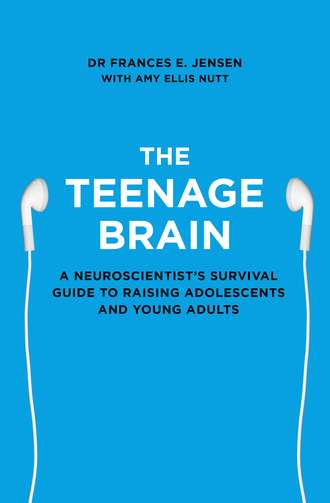The Teenage Brain: A neuroscientist’s survival guide to raising adolescents and young adults

Полная версия
The Teenage Brain: A neuroscientist’s survival guide to raising adolescents and young adults
Жанр: учебная и научная литературанаучно-популярная литературазарубежная образовательная литературазнания и навыки
Язык: Английский
Год издания: 2018
Добавлена:
Настройки чтения
Размер шрифта
Высота строк
Поля
Конец ознакомительного фрагмента
Купить и скачать всю книгу

